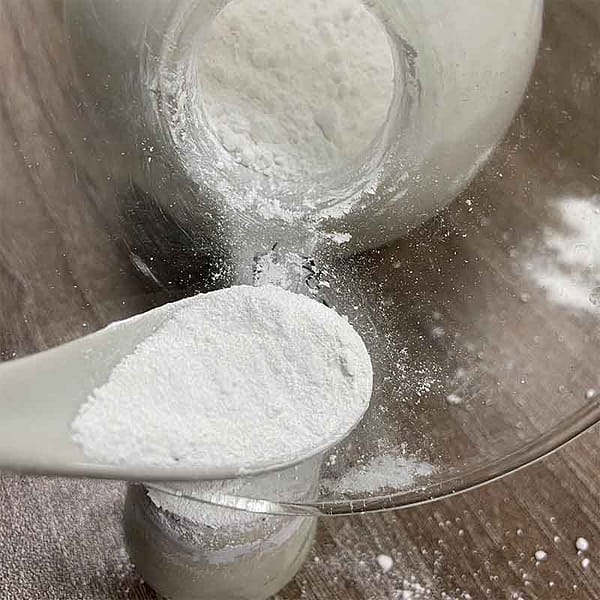The titanium dioxide pigment often referred to as titanium white or Pigment White 6(PW6) is a market famous. This is particularly the case in the field of rubber paints, plastics and paper. This versatile compound with its sparkling white pigment plays a vital role in transforming raw material into vibrant finished products. The following article will discuss the marvels and applications of titanium oxide, along with its manufacturing process, to see how it affects various industries.

The Canvas of Titanium Dioxide: A palette of Possibilities
Titanium dioxide plays a crucial role in the manufacturing of many products used in everyday life. It enhances the functionality and appearance of these products. Pigment White 6 is used to create paints. It offers a vibrant and opaque white which enhances the visual appeal of artistic and industrial processes.
In the plastics industry titanium dioxide is not just a component that adds color, but it acts as a stabilizing UV agent protecting against the damaging effects of ultraviolet radiation. This dual purpose makes titanium dioxide a crucial component in numerous plastic products. These range from durable outdoor goods to packaging materials.
The Manufacturing Alchemy – Titanium Dioxide Production Processes
The production of titanium dioxide is a complex process that require a lot of expertise, with two methods leading the way in the process: the sulfuric acid method as well as the chlorination process. Each method is distinctive and has various applications. This is the reason for the flexibility of titanium dioxide across a variety of industries.
Sulfuric Acid Method – This method involves the reaction between the titanium-bearing mineral and sulfuric acid. The result is the solution of titanium sulfurate. This solution is then hydrolyzed to produce hydrated titanium dioxide. The final product, after being calcinated, is an extremely fine white powder ready to be incorporated into many applications, especially in the paper and paint industries.
The Chlorination Process: In contrast, the chlorine process uses chlorine gas to react with titanium-bearing ore to create titanium Tetrachloride. The titanium tetrachloride undergoes a series of chemical transformations before becoming pure titanium dioxide. This technique is used extensively in the manufacture of titanium dioxide for rubber and plastics industries.
Titanium Dioxide Applications: Art and Science
Painting Brilliance Across Industries: Titanium dioxide’s importance in the painting industry is unmatched. The capacity of titanium dioxide to provide a bright white, crisp color, and high coverage, makes it an ideal choice for both residential and industrial applications. Its brilliance is not just visible, but practical as well. It increases the durability of painted surfaces.
Shaping plastics with radiant In the world of plastics titanium dioxide is used for in two ways. Apart from serving as a white coloring agent, titanium dioxide acts as a UV stabilizer, providing important protection against the degrading effects of sunlight. It is often used in outdoor plastic products to ensure their durability and appearance.
Opacity and Whiteness of Paper: In the paper industry, titanium dioxide is responsible to the whiteness and transparency of paper products. The addition of titanium dioxide increases the brightness of paper, making printed materials more vivid and more readable. Titanium dioxide is employed in the making of paper for a variety of aesthetic reasons. It also plays an important role in enhancing the overall quality.
Rubber Resilience and UV Resistance: The market benefits from the UV resistance that titanium dioxide provides. Titanium dioxide is used in the production of rubber products exposed to the sun and ensures the quality and durability of items made of rubber.
Titanium Dioxide: Beyond Pigment and its Invisible Effect
While the effects of titanium dioxide are visible as a colorant, it’s much more than the visible coloration. Its capacity to increase the strength, durability, and longevity of materials in diverse industries makes it an invisible but essential contribution to the quality and efficiency of the final product.
This is why titanium dioxide is a material with profound significance that seamlessly integrates itself into various industries. It’s referred to as Pigment White 6 and it provides a radiant shine to canvases both industrial and artistic. The dual processes of chlorination and sulfuric acid uncover the alchemy of the process, providing an array of uses. Titanium dioxide is a perfect illustration of the harmonious blending between art and science that is present in the production of. It is used to improve the look of paints, shield materials from UV rays and improve the brightness of paper. The brilliance of titanium dioxide shines brightly and transforms many products into ones that are durable and brilliant.